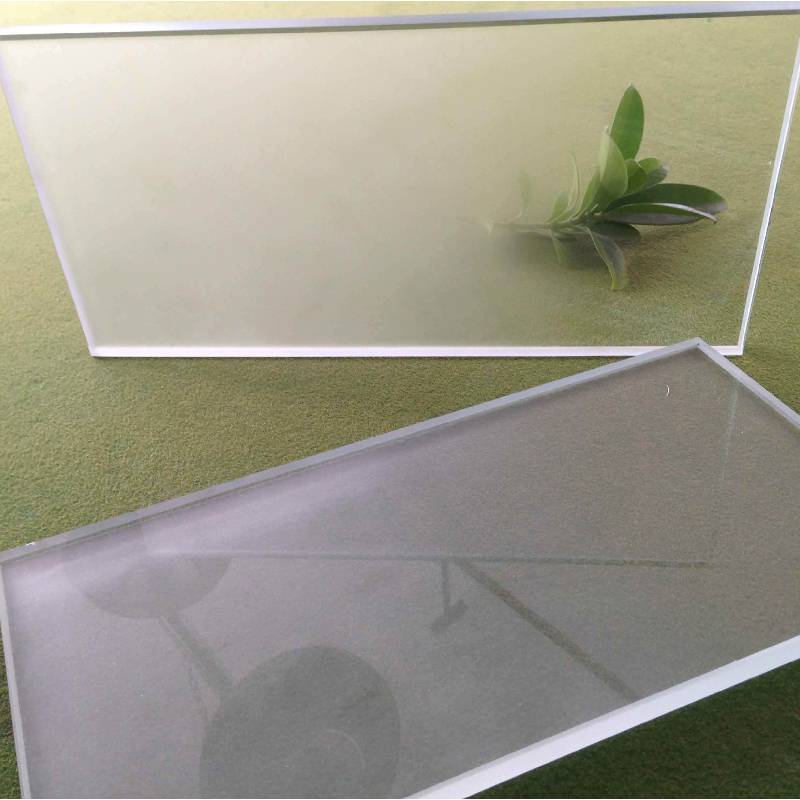

The Allure of Frosted Milk Glass A Window into Timeless Elegance
Frosted milk glass, with its soft, opaque finish and delicate charm, has captivated collectors and decorators alike for generations. This unique material not only offers a vintage aesthetic but also serves as a testament to the craftsmanship of bygone eras. From its origins to its place in contemporary design, frosted milk glass is more than just a decorative item; it is a piece of history that evokes nostalgia and elegance.
The journey of frosted milk glass began in the late 19th century, during the height of the Victorian era. At this time, glassmaking techniques were revolutionizing the way glass was crafted and used in homes. The introduction of glass that mimicked the look of porcelain offered a novel approach to home décor. Artisans developed the frosted finish by applying a sandblasting technique to the glass surface, giving it its signature soft texture and muted appearance. This technique not only enhanced the beauty of the glass but also made it more practical, as the frosted surface was less prone to showing fingerprints and smudges.
One of the most appealing aspects of frosted milk glass is its versatility. It has been used in a wide array of items, from vases and jars to lamps and tableware. Each piece bears unique characteristics, showcasing the artistry involved in its production. The creamy white hue of the glass, echoing the color of milk, evokes a sense of warmth and nostalgia, making it an ideal choice for creating inviting spaces.

In the early 20th century, frosted milk glass gained prominence with the rise of companies such as Westmoreland, Fenton, and Consolidated Glass. These manufacturers produced numerous patterns and shapes, each telling a story of its time. The intricately designed pieces were often used in households as everyday items or decorative accents. Collectors now seek out these vintage treasures, drawn by the history and quality that each piece embodies.
The resurgence of frosted milk glass in contemporary design is a testament to its timeless appeal. Modern interior designers often incorporate these pieces into eclectic and vintage-inspired décor schemes. The soft glow of frosted glass can soften a room’s overall aesthetic, adding a gentle touch to both traditional and modern settings. Whether displayed on a shelf, used as lighting fixtures, or set upon a dining table, frosted milk glass brings a sense of elegance and continuity to the home.
Moreover, the sustainability aspect of frosted milk glass cannot be overlooked. As consumers increasingly seek environmentally friendly products, vintage glassware stands out as an eco-conscious choice. Instead of purchasing new items, many people are embracing the charm of second-hand glassware, reducing waste while adding character to their homes. The allure of vintage finds is enhanced by the stories they carry, making each piece a unique conversation starter.
In conclusion, frosted milk glass is more than just a decorative item; it is a reflection of artistry, nostalgia, and sustainability. Its unique history and versatility make it a cherished collectible, while its soft, inviting appearance helps create warm, stylish spaces in modern homes. As we gaze upon a beautifully crafted frosted milk glass piece, we are not only appreciating its aesthetic qualities but also celebrating the craftsmanship and stories of the past. In a world that often favors the new and sleek, frosted milk glass offers a charming bridge to a more graceful era, reminding us of the beauty found in tradition and history.